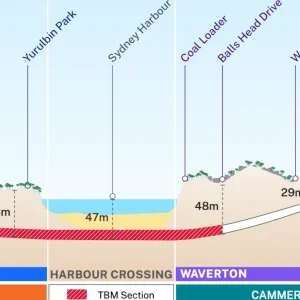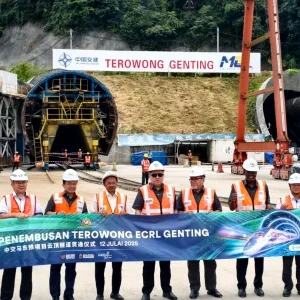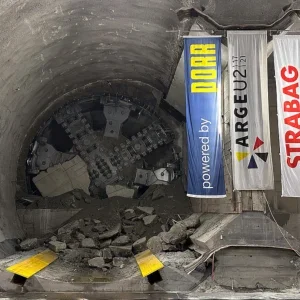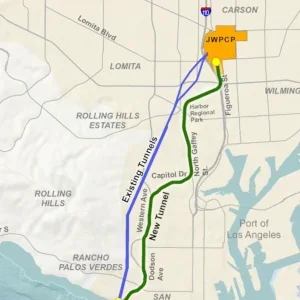Watercare and Auckland Council’s Healthy Waters had originally planned a programme of work to separate the combined stormwater/wastewater network in St Marys Bay and Herne Bay, as part of the Western Isthmus Water Quality Improvement Programme, which would significantly reduce overflows into the harbour when it rains.
However, Watercare chief executive Jon Lamonte said recent cost estimates prompted a rethink on the best approach to achieving the anticipated water quality outcomes for New Zealand’s largest city.

“Infrastructure projects all over the country have been heavily impacted by escalating material, labour and traffic management costs. These increases, along with further costs identified in the design stage to accommodate geotechnical risks, put our most recent cost estimates for the St Marys and Herne Bay separation project at NZ$278m – well above the original forecast of NZ$136m.
“We simply can’t continue with the original separation plan at that cost so we’re developing an alternative solution that involves extending the Central Interceptor wastewater tunnel that’s currently in construction,” said Lamonte.
“By extending it about 1.5km from Grey Lynn to Point Erin, and building a new Herne Bay wastewater pipe to connect to it, we’ll be able to collect the area’s combined wastewater and stormwater and transport it to our Mangere Wastewater Treatment Plant.
“The Central Interceptor extension is an excellent alternative as it will achieve the same environmental benefits but sooner and at about 20% less cost than separation. We’d be almost eliminating overflows at these city beaches by 2028.”
Lamonte added that it would also provide less disruption in the St Marys and Herne Bay communities and the only above ground and construction activity would be the Point Erin TBM drop shaft.
While the separation programme won’t proceed in the 2028 time frame originally intended, separation will still be carried out in the future using a targeted approach to gradually remove stormwater from the Central Interceptor tunnel.
Extending the tunnel to Point Erin is expected to add another three or four months to the Central Interceptor project, which is currently scheduled to finish in mid 2026.
Last week tunnelling under Auckland’s Manukau Harbour commenced on the project.
The TBM, named Hiwa-i-te-Rangi, will tunnel 1500m across the Manukau Harbour, in what is the most challenging section of her currently planned 14.7km journey from Mangere to Grey Lynn. Tunnelling is at depths of 15-20m and should be completed in around four months.







